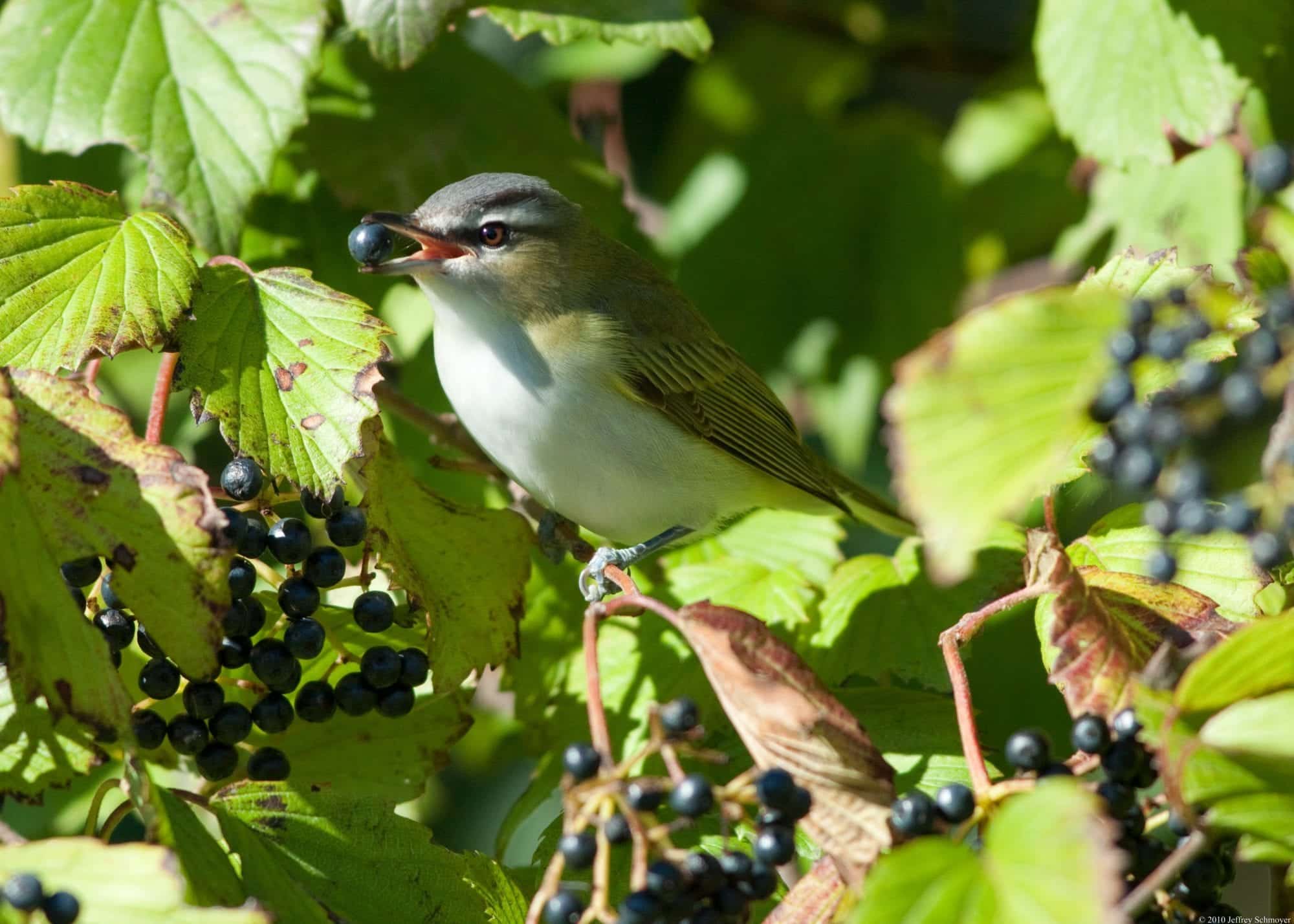Maine
Maine mass shooter had a brain injury. Experts say that doesn't explain his violence.
BOSTON (AP) — Brain injury experts are cautioning against drawing conclusions from newly released and limited information about evidence of a brain injury in an Army reservist who killed 18 people last year in Maine’s deadliest mass shooting.
Boston University researchers who analyzed a sample of Robert Card’s brain tissue said Wednesday they found evidence of traumatic brain injury. The analysis, requested by the Maine medical examiner, found degeneration in the nerve fibers allowing communication between different areas of the brain, inflammation and small blood vessel injury, according to Dr. Ann McKee of the university’s Chronic Traumatic Encephalopathy (CTE) Center.
Card had been an instructor at an Army hand grenade training range, where it is believed he was exposed to repeated low-level blasts. It is unknown if that caused Card’s brain injury and what role the injury may have played in his declining mental health before he opened fire at a bowling alley and bar in Lewiston on Oct. 25.
McKee made no connection between the injury and Card’s violent actions.
“While I cannot say with certainty that these pathological findings underlie Mr. Card’s behavioral changes in the last 10 months of life, based on our previous work, brain injury likely played a role in his symptoms,” McKee said in a statement released by the Card family.
Dr. Alexandra Filippakis, a neurologist who has treated members of the military and others for traumatic brain injuries, said Thursday she would not conclude brain injury played a role in Card’s behavior based on McKee’s description of her findings.
“TBI is a very broad diagnosis, and it looks different in different people. Not everybody has the same symptoms. Not everybody has the same severity of symptoms,” Filippakis said. “There’s no way that you could, with certainty, link that to a particular action.”
Filippakis, who works at Wentworth-Douglass Hospital in Dover, New Hampshire, said the connectivity damage McKee described is common and can have many causes, including aging, high blood pressure and smoking.
“That could mean so many different things,” she said. “You certainly can’t draw any conclusions from that piece of information.”
But James Stone, a University of Virginia radiologist who has studied repeated low-level blast exposure in the military, said changes to Card’s brain “seemed pretty profound.”
Such injuries can affect impulse control and emotional regulation, he said, and though he doesn’t know if those parts of Card’s brain were affected, “it’s certainly hard to imagine that the level of brain changes that we’re seeing in some way did not contribute to his behavior.”
Chris Dulla, a professor and interim chair of neuroscience at Tufts School of Medicine, said he was surprised that researchers found no evidence of chronic traumatic encephalopathy, which has plagued many professional football players.
“It doesn’t seem to be as cut and dry,” he said. “What that speaks to is how varied traumatic brain injuries are, and how difficult they can be to diagnose, even in the postmortem brain sample, when you can study every detail.”
The findings highlight the connection between brain injuries and underlying psychological conditions, Dulla said.
“If you’re already struggling with some kind of psychiatric condition or at risk for some kind of psychiatric problem, brain injuries might be something that can kind of push you over the edge and have that change really come front and center when it might have been sort of a minor underlying thing before,” he said.
Experts say traumatic brain injury can lead to headaches, mood changes, memory loss and sleep issues. Stone said his research has shown repeated exposure to even low-level blasts can result in changes to the brain. The Department of Defense has been “very engaged” in studying the issue, Stone said, and a panel on which he serves is expected to release new guidelines in May for both the U.S. military and NATO allies.
“They’ve been very proactive about this,” he said.
An Army spokesperson on Thursday called the lab findings regarding Card “concerning” and said they “underscore the Army’s need to do all it can to protect Soldiers against blast-induced injury.”
In addition to updating the guidance on risk mitigation, the Army plans to launch a public safety campaign and will begin requiring documentation of training environments and tracking of exposed personnel.
Sean Hodgson, Card’s close friend and a fellow reservist, said Thursday that safety was a top priority at their training range and the blast exercises were well controlled.
“You feel it through you, but it’s mild,” he said.
“I never heard him complain about the blasts,” Hodgson said. “In my opinion it’s one of the safest ranges to be on. I never heard him complain about the blasts.”
Six weeks before the shooting, Hodgson texted an Army supervisor about his growing concerns about Card, saying, “I believe he’s going to snap and do a mass shooting.”
That Sept. 15 message came months after relatives warned police that Card had grown paranoid and said they were concerned about his access to guns.
Card was hospitalized in a psychiatric unit for two weeks in July after shoving a fellow reservist and locking himself in a motel room. In August, the Army barred him from handling weapons while on duty and declared him nondeployable.
In their first public comments since the shooting, Card’s family members apologized Wednesday for the attack, saying they are heartbroken for the victims, survivors and their loved ones.
“We are hurting for you and with you, and it is hard to put into words how badly we wish we could undo what happened,” they said in a statement. “While we cannot go back, we are releasing the findings of Robert’s brain study with the goal of supporting ongoing efforts to learn from this tragedy to ensure it never happens again.”
___
Ramer reported from Concord, New Hampshire.

Maine
Popular Maine Zoo Sets Opening Date for 2024 Season

It’s almost time to release the beasts. Well, sort of release them.
The DEW Haven Rescue and Zoo announced that its officially opening for the season on Saturday, May 11. The animal safe haven will be open weekends through June 16, from 10am to 5pm. It is encouraged to call ahead to make sure there are no changes to the early-season schedule.
DEW Haven via Facebook
Maine “Zoo”
Located in Mount Vernon, Maine, Dew Haven describes itself as a “safe haven for our animals, and promoting society’s education regarding animal wellness, respect, and conservation.”
Even though the term zoo is utilized, it’s not the “commercial zoo” that one would expect. DEW Haven started as a working farm and has transformed itself into a rescue and zoo. The safe haven has over 200 different species of animals from across the globe. This includes domestic animals like bobcats, bears, and turtles, to more exotic species like chimps, tigers, and lions.
DEW Haven via Facebook
“Yankee Jungle”
DEW Haven gained national attention when the sanctuary was highlighted on the Animal Planet show Yankee Jungle. The reality series gave an in-depth look at the work being done by the staff and interns at the safe haven. The series ran for two seasons.
While DEW Haven is only open during the weekends in the spring, the schedule will ultimately expand in the summer months. The expected schedule will be from Tuesday to Sunday. The fall months will see the zoo transition back into its weekend-only schedule.
DEW Haven via Facbook
The family-friendly facility has a detailed website with questions, ticket info, and other various tidbits to help out with, including a pretty cool gallery of the sanctuary’s residents.
Here’s hoping for another happy and healthy year for all those incredible animals.
25 Endangered Animals in Maine
145 Artists Not in the Rock and Roll Hall of Fame
Many have shared their thoughts on possible induction.
Gallery Credit: Ultimate Classic Rock Staff
Maine
Gulf of Maine, Oregon offshore wind lease sales proposed

May 1, 2024

The Interior Department moved ahead April 30 proposing the first offshore wind energy auctions in the Gulf of Maine and off Oregon, moving the Biden administration’s renewable energy drive into the realm of deeper waters and floating wind turbines.
The Gulf of Maine proposed sale would include eight lease areas off Maine, Massachusetts, and New Hampshire, covering nearly 1 million acres with potential for turbine arrays with a maximum rated output of 15 gigawatts, according to the federal Bureau of Ocean Energy Management.
(The actual average generation from wind turbines being built in the northwest Atlantic off the U.S. East Coast has been estimated at around 42% to 45% of maximum potential, often referred to as nameplate rating, according to industry sources and the U.S. National Renewable Energy Laroratory.)
BOEM narrowed the lease offering areas from its last wind energy area mapping in the gulf, a process the agency says “prioritized avoidance of offshore fishing grounds and identification of vessel transit routes, while retaining sufficient acreage to support the region’s offshore wind energy goals” of 13 GW to 18 GW.
The Oregon lease offerings are two areas: the Brookings Wind Energy Area of 133,792 acres, about 18 miles from shore, and the Coos Bay Wind Energy Area of 61,203 acres 32 miles offshore. Together the two areas could have potential for up to 3.1 GW of power output rating.
The move to lease areas for floating wind turbines is another level from BOEM leasing on the shallow East Coast outer continental shelf for turbines on foundations in the sea floor. The technology will have its own new issues with anchoring, cables and environmental impact.
Oregon tribes and commercial fishing groups pressed Gov. Tina Kotek trying to block BOEM leasing, and New England fishing advocates have been skeptical of the Gulf of Maine planning process.
BOEM Director Elizabeth Klein said the agency is continuing to work with interest groups: “As we move forward with offshore wind energy in Oregon and the Gulf of Maine, the Bureau of Ocean Energy Management remains dedicated to close collaboration with our government partners and key stakeholders.”
BOEM worked with the National Oceanic and Atmospheric Administration’s National Centers for Coastal Ocean Science to use NOAA ocean resource information when analyzing wind energy areas. BOEM says the process “prioritized avoidance of offshore fishing grounds and identification of vessel transit routes, while retaining sufficient acreage to support the region’s offshore wind energy goals.”
In the Gulf of Maine, BOEM proposes simultaneous auctions for each of the eight lease areas using multiple-factor bidding. In the public comment period before the sales, is proposing bidding credits to wind companies that commit to supporting workforce training programs or supply chain development, or a combination of both, as well as a credit for a fisheries compensatory mitigation fund.
Other potential lease stipulations could focus on vessel transit and baseline environmental monitoring.
In Oregon, BOEM likewise proposes lease stipulations “to create good-paying union jobs and continue robust engagement with Tribal governments, the fishing industry, affected communities, and other ocean users. Potential stipulations for the proposed Oregon sale include providing bidding credits to bidders that commit to supporting workforce training programs for the floating offshore wind energy industry, developing a domestic supply chain for the floating offshore wind industry, or a combination of both.”
Wind companies could gain bidding credits with community benefit agreements with “Tribes, local communities, ocean users, or stakeholder groups expected to be affected by potential impacts from activities resulting from lease development,” according to BOEM.
Maine
Backyard Bird of the Month for May: Red-eyed Vireo – Maine Audubon

Here I am! Where are you? Way up here! In the tree! So goes the song of the Red-eyed Vireo, heard in nearly every forested area between Kittery and Fort Kent from May until early autumn. True neotropical migrants, Red-eyed Vireos spend the nonbreeding season in the Amazon Basin, especially in Colombia, Brasil, Venezuela, Ecuador, and Peru. Most depart South America during April, and over the course of a few weeks or a month, make their way up through Central America and the southeastern US, migrating on clear nights and refueling during the day by feasting on the abundance of newly-emerged insects. The first males can reach Maine by the first week of May, but the majority arrive in the second and third weeks, just in time for the emergence of leaves and insects in the canopy of our forests.
These canopy-dwellers are heard far more often than they are seen, and possess a huge vocal repertoire, combining various “syllables” into “phrases” that don’t repeat. In fact, there is often no similarity between the songs of males whose territories are right next to each other. While the males generally sing from treetops, Red-eyed Vireos forage and nest in the mid- and understory, and require forest habitat with layers of native shrubs and small trees. Their nests are usually built at these lower levels, with layers of foliage above to hide the nest from predators. They raise their young on insects, especially caterpillars and other larvae, before eating increasing amounts of fruit later in the summer, which they subsist on throughout the nonbreeding season. The return of Red-eyed Vireos to their breeding territories in Maine is a yearly reminder that conserving healthy forest ecosystems is important not only here at home, but also in the neotropical forests where they spend the rest of their lives.
Backyard Bird of the Month is a feature by Maine Audubon created for the Maine Home Garden News, the newsletter of the University of Maine Cooperative Extension: Garden and Yard
Photo: Jeff Schmoyer, used with permission
-

 Education1 week ago
Education1 week agoVideo: Dozens of Yale Students Arrested as Campus Protests Spread
-

 World1 week ago
World1 week agoEU sanctions extremist Israeli settlers over violence in the West Bank
-

 Politics1 week ago
Politics1 week agoFetterman hammers 'a–hole' anti-Israel protesters, slams own party for response to Iranian attack: 'Crazy'
-

 World1 week ago
World1 week agoPeriod poverty still a problem within the EU despite tax breaks
-

 Politics1 week ago
Politics1 week agoA battle over 100 words: Judge tentatively siding with California AG over students' gender identification
-

 Movie Reviews1 week ago
Movie Reviews1 week agoShort Film Review: Wooden Toilet (2023) by Zuni Rinpoche
-

 World6 days ago
World6 days agoHaiti Prime Minister Ariel Henry resigns, transitional council takes power
-

 News7 days ago
News7 days agoLarry Webb’s deathbed confession solves 2000 cold case murder of Susan and Natasha Carter, 10, whose remains were found hours after he died


















